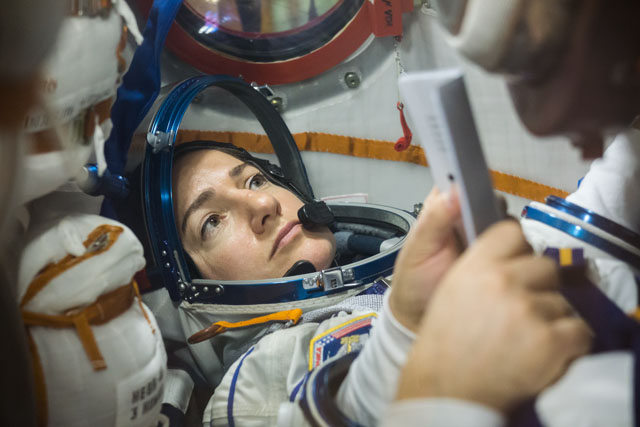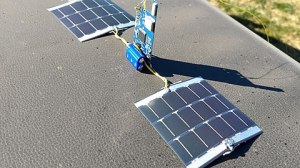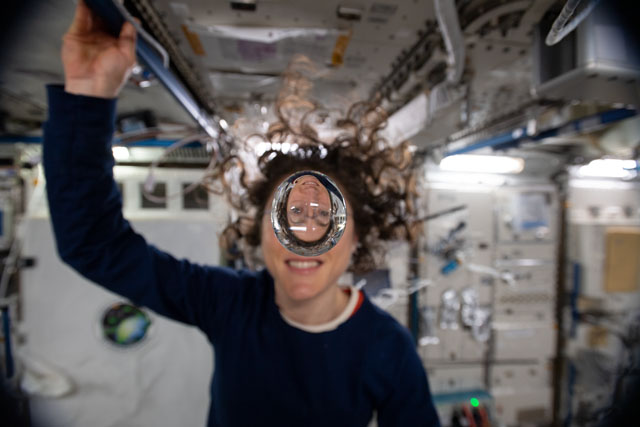IARU Region 3 approves new 15m satellite allocation
 The IARU Region 3 Directors meeting was held in Tokyo September 2-3. A modified interim Region 3 bandplan was approved which included an Amateur-Satellite Service allocation in the 15m band.
The IARU Region 3 Directors meeting was held in Tokyo September 2-3. A modified interim Region 3 bandplan was approved which included an Amateur-Satellite Service allocation in the 15m band.
The Chairman of IARU Region 3 directors, Wisnu Widjaja YBØAZ and the directors Ken Yamamoto, JA1CJP, Peter Young, VK3MV, Don Wallace, ZL2TLL, Jakkree Hantongkom, HS1FVL, Mohd. Aris bin Bernawi, 9M2IR met in Tokyo for their annual Directors’ meeting at the conference room of JARL. They were assisted by the IARU Region 3 Secretary Shizuo Endo JE1MUI. They were joined by IARU President Tim Ellam VE6SH and Region 2 President Reinaldo Leandro YV5AM.
The directors reviewed progress on tasks directed and identified at the last Directors’ meeting and the Regional Conference that were held in Seoul, Korea in September 2018.
The finance situation of the region was noted to be healthy and well within budgets set earlier.
Reports were received from the Chairman, Directors and the Secretary. They mainly reported subjects on the responsibilities allocated to each of them.
Reports were also received from the Region 3 committee chairmen and coordinators. Those include reports related to Monitoring System, Bandplan Committee, EMC, Disaster Communications, ARDF activities in some societies and Award manager.
Reports including an oral report were also received from the IARU president and Regions 1 & 2 secretary. Their reports include issues such as current situations on agenda items concerned the amateur services towards WRC (World Radiocommunication Conference)-19, administrative issues and activities in their own areas.
It was noted that some IARU Region 3 societies are no longer active and the Directors are looking at a way to involve the amateurs in these countries in IARU activities.
Other important issues to our Region were also discussed. Those include the revision of Newsletter guideline and use of social media in IARU Region 3, new structure of IARU Region 3 website and Region 3 YOTA (Youth On The Air) program.
It was recognized that usage of a social media in addition to the newsletter is useful to enable a better communication with the IARU Region 3 member societies and their members. Furthermore, it is also recognized that societies are encouraged to provide information which is included in a Region 3 newsletter and monitoring system newsletter.
It was decided that an IARU Region 3 YOTA activity will take place in Pattaya, Thailand in October 2020.
The modified interim Region 3 bandplan proposed by the Region 3 Bandplan Committee was approved. A notable change was addition of a satellite portion in 15m Band as agreed at the last Region 3 Conference.
It was agreed to make a necessary action to extend the MOU (Memorandum of understanding) with APT (Asia-Pacific Telecommunity) which is to be expired in coming December.
The Chairman, Wisnu Widjaja YBØAZ and a Director, Ken Yamamoto JA1CJP will be present at the next Administrative Council meeting and the Region 2 Conference which will be held in Lima, Peru from September 28 to October 4, 2019.
It was agreed that the next directors meeting be tentatively fixed for the 1st to 3rd of October 2020 in Thailand.
Source IARU Region 3 https://iaru-r3.org/topics/pressreleases
Download the interim IARU Region 3 bandplan
http://www.iaru-r3.org/newsite/wp-content/files/R3-004%20IARU%20Region%203%20Bandplan%20rev.2.pdf
Get The Details…
m5aka
AMSAT-UK
Powered by WPeMatico




 The IARU Region 3 Directors meeting was held in Tokyo September 2-3. A modified interim Region 3 bandplan was approved which included an Amateur-Satellite Service allocation in the 15m band.
The IARU Region 3 Directors meeting was held in Tokyo September 2-3. A modified interim Region 3 bandplan was approved which included an Amateur-Satellite Service allocation in the 15m band.

